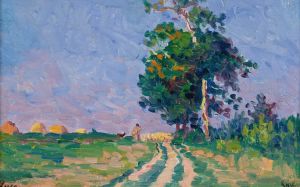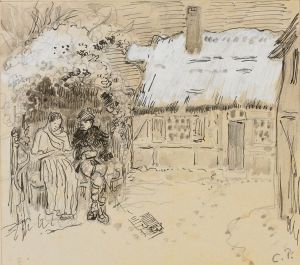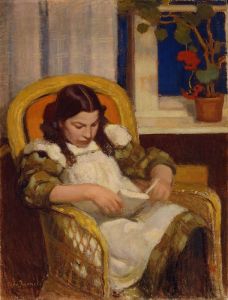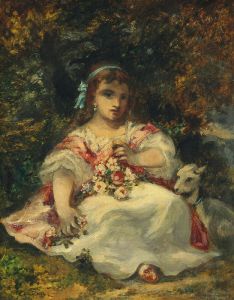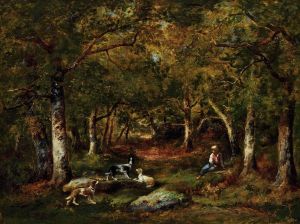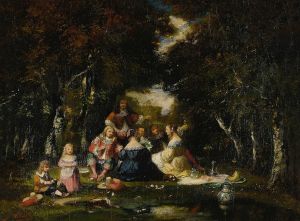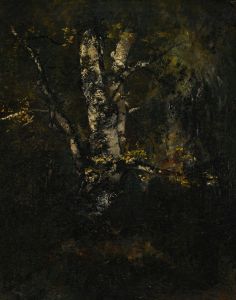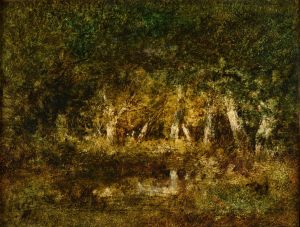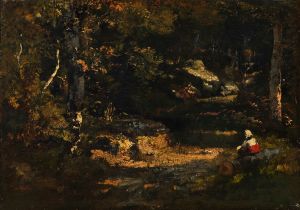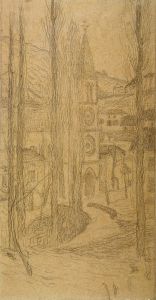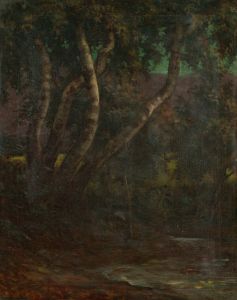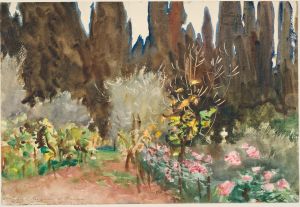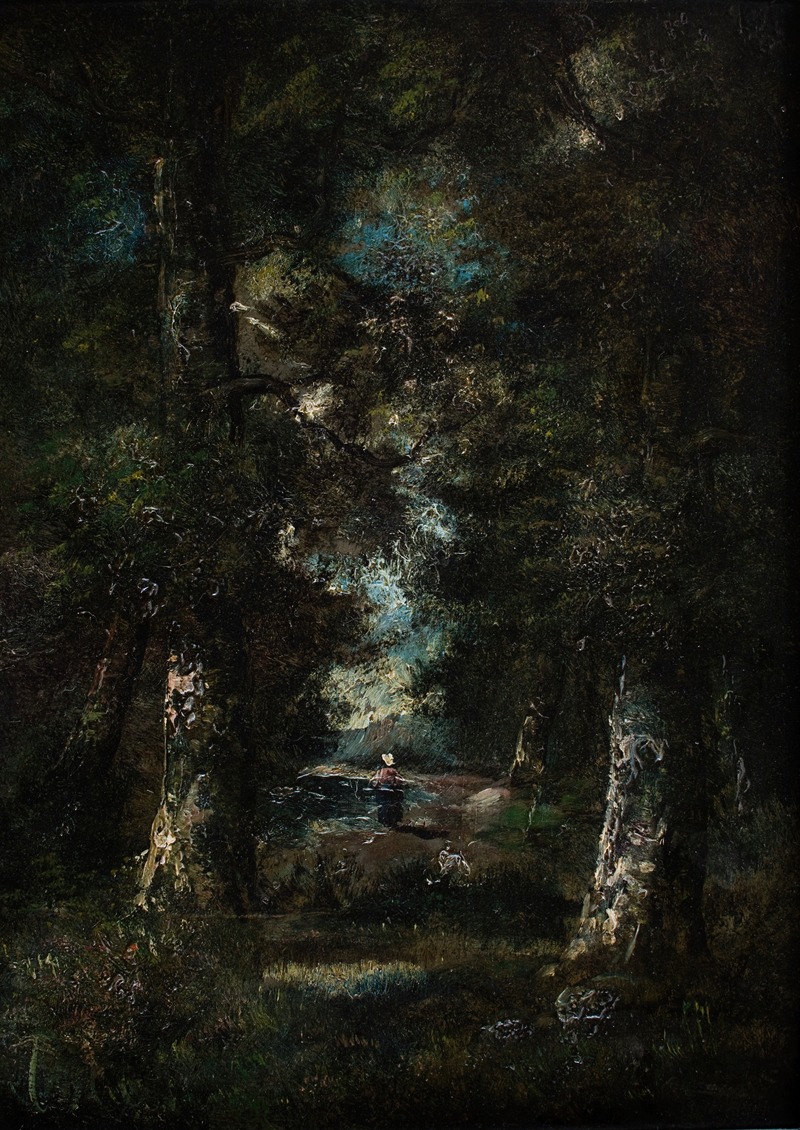
Landscape
A hand-painted replica of Narcisse-Virgile Diaz de La Peña’s masterpiece Landscape, meticulously crafted by professional artists to capture the true essence of the original. Each piece is created with museum-quality canvas and rare mineral pigments, carefully painted by experienced artists with delicate brushstrokes and rich, layered colors to perfectly recreate the texture of the original artwork. Unlike machine-printed reproductions, this hand-painted version brings the painting to life, infused with the artist’s emotions and skill in every stroke. Whether for personal collection or home decoration, it instantly elevates the artistic atmosphere of any space.
Narcisse-Virgile Diaz de la Peña (1807–1876) was a French painter of the Barbizon school, a group of artists who worked primarily in the forest of Fontainebleau and were known for their contributions to landscape painting. Diaz de la Peña is particularly recognized for his richly colored and atmospheric depictions of woodland scenes, often featuring dramatic contrasts of light and shadow.
The painting "Landscape" by Narcisse-Virgile Diaz de la Peña exemplifies his mastery of capturing the natural world with a romantic sensibility. While specific details about the creation date or exact location depicted in this work are not always documented, it is characteristic of Diaz de la Peña's oeuvre, which often focused on forest interiors, glades, and undergrowth. His works frequently include lush vegetation, textured foliage, and a warm, glowing palette that conveys a sense of intimacy with nature.
Diaz de la Peña's technique involved the use of vibrant colors and loose brushwork, which lent a sense of immediacy and vitality to his landscapes. In "Landscape," these qualities are likely evident in the interplay of light filtering through trees and the rich tonal variations that define the scene. His approach was influenced by the Romantic movement, which emphasized emotion and the sublime beauty of nature, as well as by his contemporaries in the Barbizon school, such as Théodore Rousseau and Jean-François Millet.
The Barbizon school marked a shift away from the formal, idealized landscapes of earlier academic painting, favoring instead a more direct and personal engagement with the natural environment. Diaz de la Peña's contributions to this movement were significant, as he brought a unique sensitivity to color and atmosphere that distinguished his work from that of his peers. His landscapes often evoke a sense of tranquility and poetic reverie, inviting viewers to immerse themselves in the depicted scene.
"Landscape" reflects Diaz de la Peña's broader artistic philosophy and his dedication to capturing the ephemeral beauty of nature. While he is perhaps less well-known today than some of his Barbizon contemporaries, his work remains an important part of 19th-century French art and continues to be appreciated for its technical skill and emotional resonance.
Further details about the specific painting "Landscape" may vary depending on the version or collection in which it resides, as Diaz de la Peña created numerous works with similar themes and titles. However, the general characteristics of his style and his contributions to the Barbizon school provide a meaningful context for understanding this piece.





